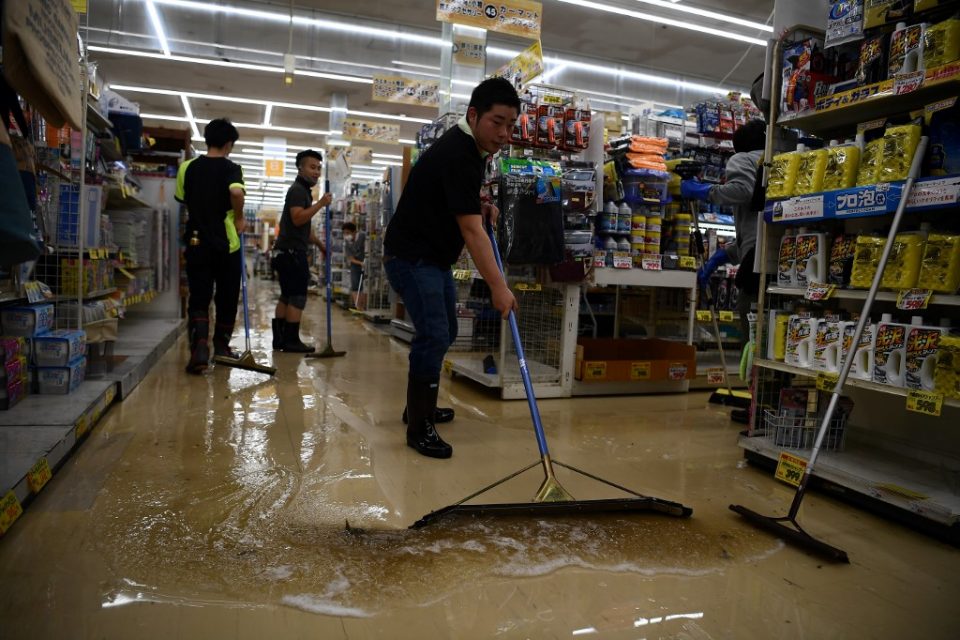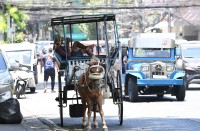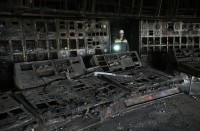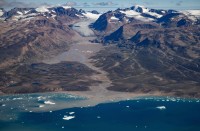
by Charly TRIBALLEAU
KURUME, Japan (AFP) — Torrential rain pounded the center of Japan on Wednesday as authorities said 55 people were feared dead in days of heavy downpours that have triggered devastating landslides and terrifying floods.
Rains that began early Saturday on the island of Kyushu have already caused widespread damage across a swathe of the southwestern portion of the country, causing rivers to burst their banks and hillsides to collapse.
The weather front was now moving north, and on Wednesday morning the Japan Meteorological Agency (JMA) issued warnings for Gifu and Nagano prefectures in central Japan, though it downgraded the advisories from its top level by midday.
“In these areas, heavy rains are at an unprecedented level,” a JMA official said at an early morning briefing.
“Especially in areas designated as high risk for landslides and flooding, the possibility is extremely high that some kind of disaster is already happening,” he warned.
At least 80,000 rescue workers have already been deployed in a desperate effort to reach survivors stranded by flooding and landslides.
Late Tuesday, Prime Minister Shinzo Abe pledged to double the number of troops involved in the rescue effort to 20,000.
The toll in the disaster has risen steadily as rescue workers discover new casualties.
Government spokesman Yoshihide Suga said 52 deaths had been confirmed with three more people feared dead.
The toll is expected to rise, with more than a dozen people reported missing, and authorities investigating whether six additional deaths are linked to the disaster.
‘I was terrified’
In hardest-hit Kyushu, the rains had mostly stopped by Wednesday morning, as residents tried to come to terms with extensive damage.
Naomi Nishimura told Japan’s NNN broadcaster that her parents had been killed in flooding in Hitoyoshi City in Kumamoto region.
“Even though a neighbour came over and pleaded with my parents to evacuate, they didn’t go… because I had told them that I’d come home (that day),” the tearful women said as she attempted to clean her parents’ flood-devastated home.
In Kashima city in northern Kyushu’s Saga region, a woman was mopping the floor of a local souvenir shop inundated when a nearby river burst its banks.
“It usually settles at the very edge of that stone bridge, but this time the water splashed up without stopping,” she said.
“The water rose so fast that I was terrified. I was too scared and shaky to do anything, I just kept going this way and that,” she added, surrounded by knick-knacks now coated in mud.
Non-mandatory evacuation orders have now been issued for 1.4 million people, with millions more under lower-level warnings.
But the coronavirus has complicated evacuation efforts, with the need to maintain social distancing reducing capacity at shelters.
Japan has been relatively lightly affected by the pandemic, with just over 20,000 cases and fewer than 1,000 deaths.
But local media reported that some people were preferring to sleep in cars rather than risk infection at shelters.
At some facilities, cardboard walls were set up to separate families and try to reduce the risk of infection.
Authorities have warned that the rains will continue.
“The rain front is expected to stay at least until Friday, and a wide swathe of the country… will likely have heavy rains,” said Yoshihisa Nakamoto, the chief of the weather agency’s forecast division, at a late morning press conference.
“Please be extremely vigilant for potential landslides, flooding rivers and inundation on low-lying areas,” he warned.
Japan is in the middle of its annual rainy season, which frequently unleashes deadly floods and landslides.
Experts say climate change has intensified the risks of heavy rains, because a warmer atmosphere holds more water.
In 2018, more than 200 people died in devastating floods in western Japan.
© Agence France-Presse







